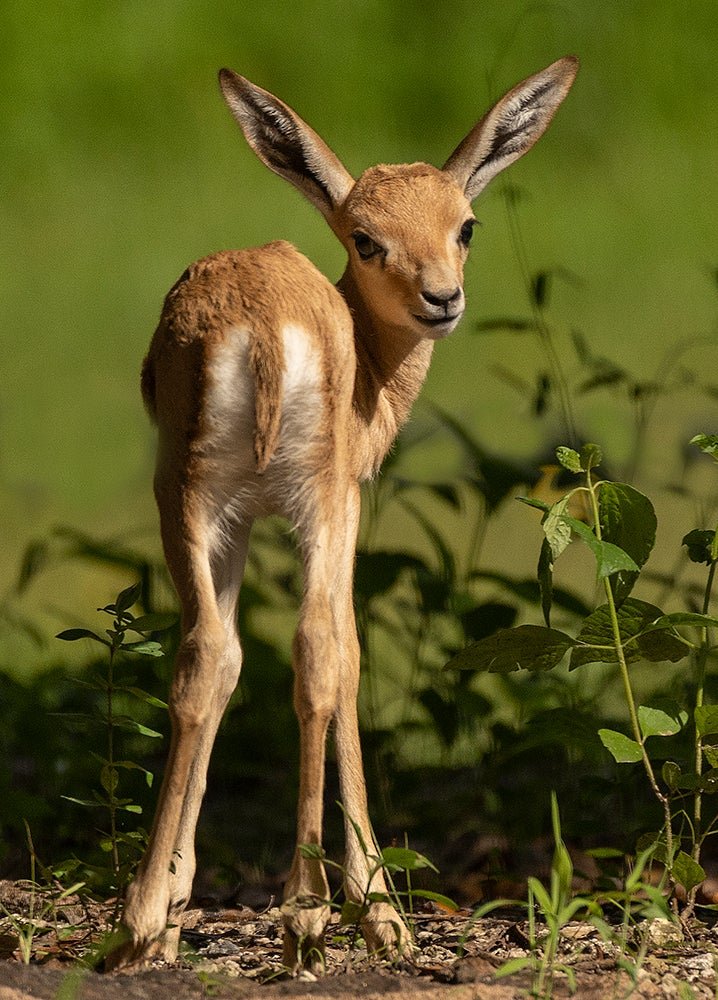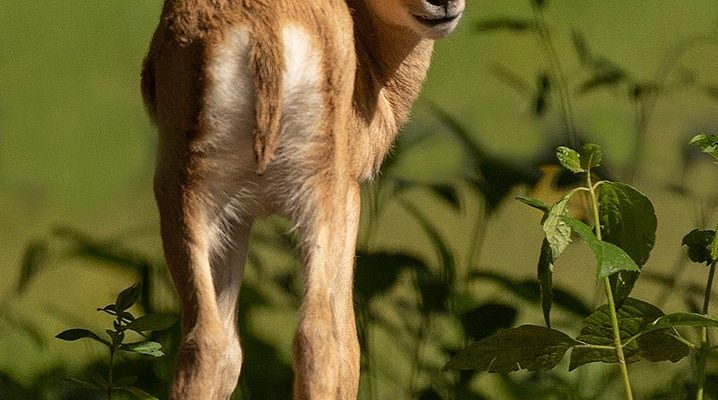
Imagine taking a leisurely stroll in a vast grassland, where gazelles roam freely. You’d feel a sense of peace, right? But the reality is that many gazelle species are facing threats that could push them to the brink of extinction. Let’s take a closer look at these fascinating animals, the dangers they face, and what’s being done to help them survive.
The Gazelle: An Overview
Gazelles belong to the family Bovidae, which also includes antelopes, cattle, and sheep. They are known for their slender bodies and impressive speed—some can run up to 60 miles per hour! These animals thrive in various habitats, primarily in Africa and parts of Asia, where they graze on grasses and shrubs. Their keen eyesight and nimble movements make them well-adapted for avoiding predators.
You might be wondering how many gazelle species exist. There are several, including the Grant’s gazelle, Thomson’s gazelle, and the Dama gazelle. While each type has its unique traits, they share common features, like their long legs and curved horns. Unfortunately, these beautiful creatures are now facing numerous challenges.
What’s Causing the Decline?
The decline of gazelle populations can be linked to several factors. Primarily, habitat loss plays a significant role. As human populations grow, land is often converted for agriculture and urban development. This encroaches on the vast grasslands and savannas that gazelles call home.
Additionally, poaching is another serious threat. In many regions, gazelles are hunted for their meat and horns, contributing to a rapid decrease in their numbers. You might feel a wave of frustration thinking about this, and it’s understandable. These actions not only threaten individual species but also disrupt entire ecosystems.
Climate change is also a silent enemy. Changes in weather patterns can affect food availability and water sources, making survival harder for gazelles. With these factors at play, it’s clear that gazelles need our help.
Which Gazelle Species Are Endangered?
Not all gazelle species are equally at risk, but several are classified as endangered or vulnerable. The Dama gazelle, for example, is listed as critically endangered primarily due to habitat destruction and hunting. Their numbers have plummeted to a worrying low, and without immediate action, they could vanish altogether.
The Giant gazelle, native to North Africa, is also facing danger. While it once roamed freely, its population has dwindled significantly due to habitat changes and hunting. On the flip side, species like the Thomson’s gazelle have larger populations but are still under pressure from similar threats.
Protecting these endangered species is essential not just for the gazelles but for maintaining biodiversity and ecosystem health. Each species plays a role in its environment, and losing them can have a cascading effect.
Efforts in Conservation
Fortunately, various conservation efforts are underway to protect gazelles. Organizations like the World Wildlife Fund (WWF) and African Wildlife Foundation are working hard to raise awareness and foster action. They create protected areas where gazelles can live free from human interference and poaching.
Education is also a vital tool. By informing local communities about the importance of gazelles and the ecosystems they inhabit, there’s a chance to foster a sense of ownership and responsibility. Programs are in place that encourage sustainable practices—like eco-tourism—providing economic benefits while preserving wildlife.
You might be surprised to learn that even small changes can have a significant impact. Simple initiatives, such as creating wildlife corridors that connect fragmented habitats, can make a huge difference in keeping these animals safe.
What You Can Do to Help
Feeling inspired to make a difference? Here are a few actionable steps you can take:
- Support Wildlife Conservation Organizations: Consider donating to or volunteering with organizations dedicated to wildlife protection.
- Stay Informed: Follow news about wildlife and conservation efforts. Awareness is key to driving change.
- Make Sustainable Choices: Reducing your carbon footprint can help combat climate change, indirectly benefiting gazelles and other wildlife.
- Advocate for Policy Changes: Engage with local representatives about wildlife protection and conservation policies.
Every little bit helps, whether it’s spreading the word or supporting larger initiatives. Together, we can contribute to a future where gazelles can thrive.
The Future of Gazelles: A Hopeful Outlook?
While the situation for gazelles is dire, there’s still hope. With concerted efforts, there is a chance to reverse some of the damage. Protecting their habitats and implementing effective conservation strategies can lay the foundation for their recovery.
Additionally, as more people become aware of the plight of gazelles, there’s an increase in grassroots movements advocating for their protection. This sense of community and shared responsibility is vital. Conservation can often feel like an uphill battle, but history shows that positive change is possible.
Let’s hold onto that hope and continue advocating for these remarkable creatures. The story of the gazelle isn’t just about their survival; it’s about our shared responsibility to protect the natural world.
In conclusion, understanding the challenges that gazelles face and how we can assist in their conservation is crucial. By working together, we can ensure that future generations will still get to experience the majesty of these animals roaming across the savannas. So, let’s keep the conversation going and take action—every small step counts.

